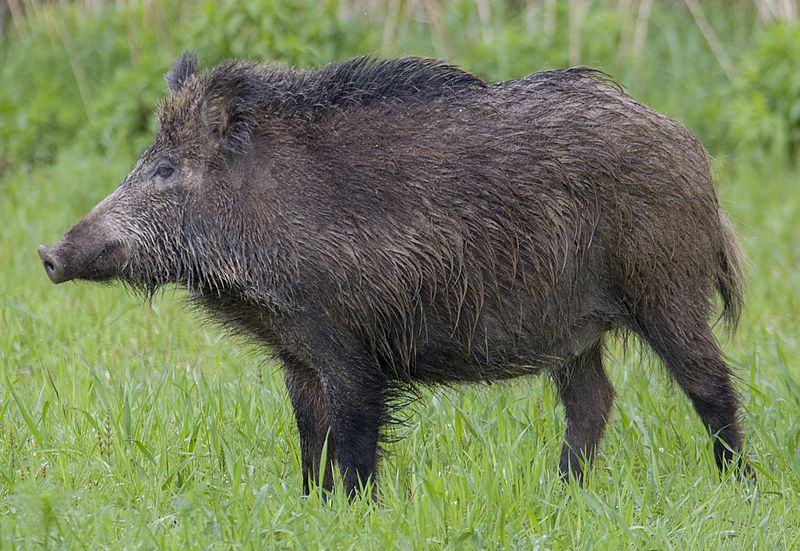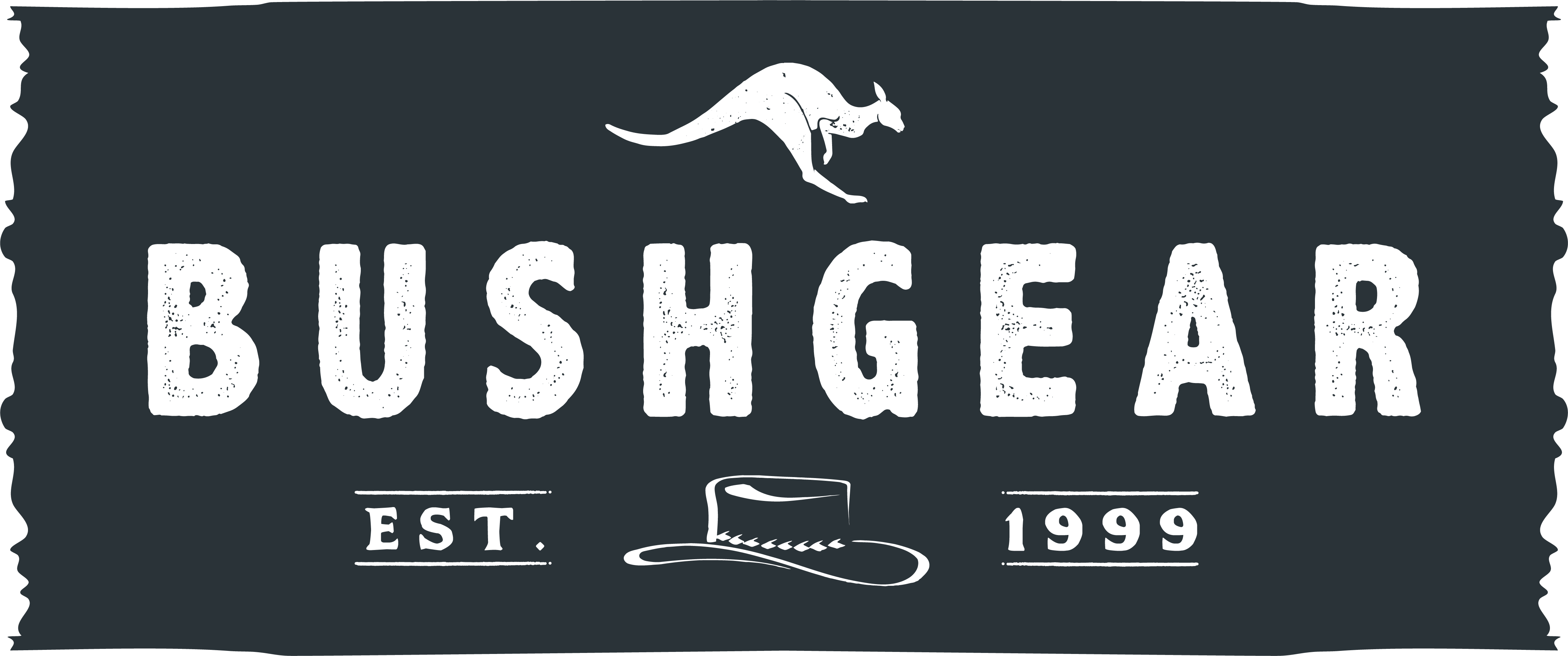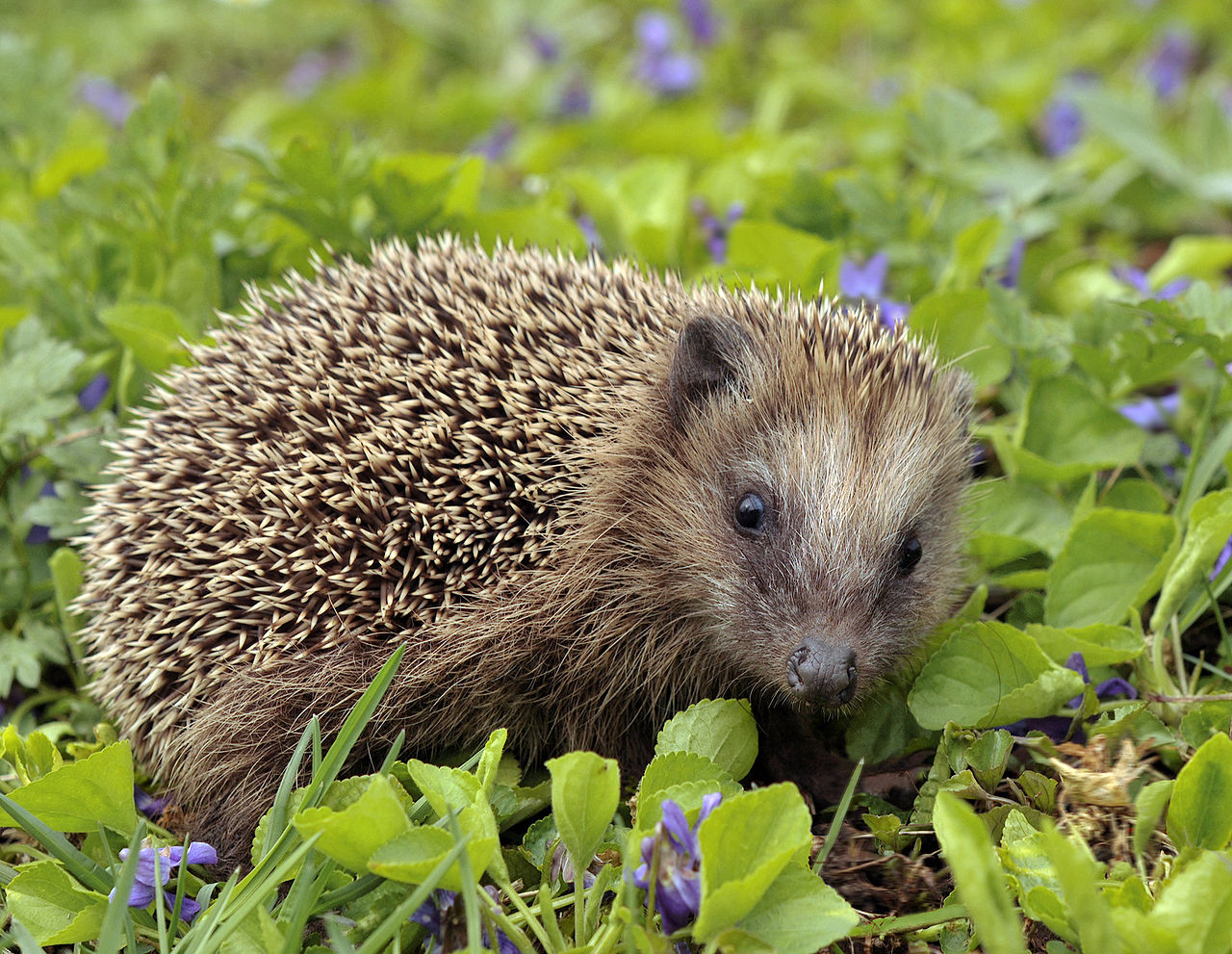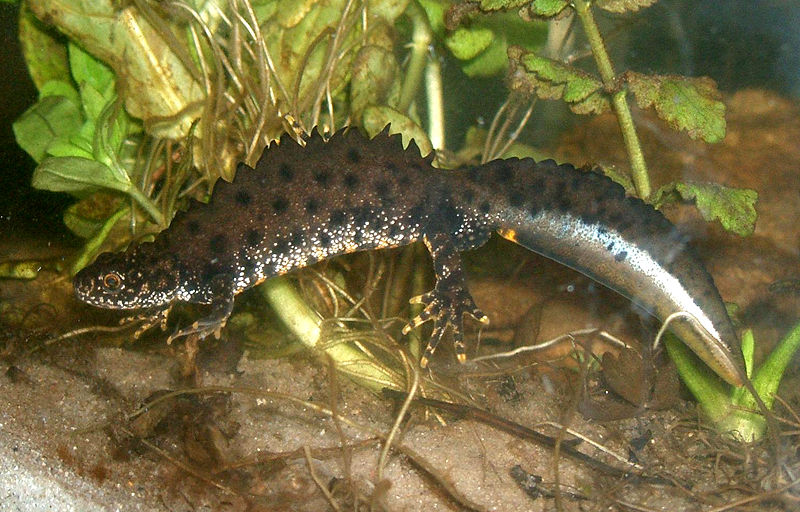
A Guide To British Fauna - The Wild Boar
Scientific Name : Sus scrofa
Common Names : Wild Swine, Eurasian Wild Pig, Wild Pig

Photo:Jerzy Strzelecki, CC BY-SA 4.0 <https://creativecommons.org/licenses/by-sa/4.0>, via Wikimedia Commons
Physical appearance : A medium sized four legged mammal weighing in at between 50 and 110 kgs. Shoulder height can be up to 70cm. It is stout, bulky and well built with relatively long, thin legs, compared to its body. Similar to bison, the wild boar has a region behind the shoulders which rises into a hump, coupled with a short, thick neck. At the cost of flexibility, this "hump" allows the boar to be very effective at digging through tough soil and rocks. This includes frozen winter ground. The boar has very well defined canine teeth which it can use in self defence and for attack. Particularly in older males these canines tend to protrude from the side of their mouths. Attacks on humans however, are infrequent as wild boar tend to be relatively reclusive creatures and usually only attack if defending their young or if they are startled. In spite of their bulk and weight, boars can run at up to 30km/h and can jump up to a metre and a half in height!
In general, the males are 20% to 30% heavier than the females and sport a dark mane along their head and back, which is particularly visible during the winter months. The males develop thick subcutaneous tissue during the breeding period which helps protect their vital organs during fights with other males.
Photo:4028mdk09, CC BY-SA 3.0 <https://creativecommons.org/licenses/by-sa/3.0>, via Wikimedia Commons
The winter coat consists of long, coarse bristles under laid with short brown downy fur. The length of these bristles varies along the body, with the shortest being around the face and limbs and the longest running along the back. These back bristles form the aforementioned mane prominent in males and stand erect when the animal is agitated. Colour is highly variable among boars ranging from alternating light and dark stripes in adolescents to dark thick fur in older males.
Boars have an extremely well developed sense of smell, to the point that boars are used for drug detection in some countries including Germany. They also have very good hearing. Their sight however is poor and generally, they are unable to recognise a standing human being at 10-15 metres away.
Interestingly, the wild boar is one of few species (along with hedgehogs, mongoose and honey badger) that is highly resistant to snake bites. Furthermore, they are immune to and can happily consume, many varieties of otherwise poisonous plants. This makes them extremely versatile omnivores and accounts for their wide spread abundance.
Where to find/natural habitat : Coniferous and deciduous woodland with thick undergrowth with easy access to various bodies of water. Of particular interest is swamp land with lots of muddy holes and sheltering spots. They can also be found on scrubland, heathland and agricultural land.

Photo:Richard Bartz, Munich Makro Freak, CC BY-SA 2.5 <https://creativecommons.org/licenses/by-sa/2.5>, via Wikimedia Commons
Habits and characteristics : As with pigs, boars love to wallow in mud. It is thought that this is related to temperature regulation and to minimising exposure of stinging and biting insects. This is also their preferred spot for taking a nap.
Breeding and birth : The average gestation period for a boar is 114 to 140 days. They often give birth to litters of between four and six piglets.

Photo:Hans Hoffmann, Public domain, via Wikimedia Commons
Re introduction into the UK : Having been hunted to extinction several hundred year ago, the wild boar has been reintroduced into the UK as recently as 20 years ago. There are thought to be perhaps 1000 feral wild boar in the UK. Most of the wild boar population is based in the New Forest, Forest of Dean and along the Kent/Sussex borders. Many are the offspring of escapees from private stocks. Unfortunately, they are prime targets for poachers and subsequently, populations are kept small.
Predation : From humans to tigers, the wild boar seems to be preferred eating. More exotic piggy predators include tigers and the Komodo dragon.
Protection status UK : Not under any protection specifically. If farmed, their keeping is governed by the Dangerous Animals Act 1976. If feral, they are generally protected by the Wild Mammals Protection Act 1996 and the Wildlife and Countryside Act 1981.
"Leave nothing but footprints, take nothing but pictures/memories."
Images courtesy of Hans Hoffmann, Richard Bart, Jerzy Strzelecki
The Bushgear Team



